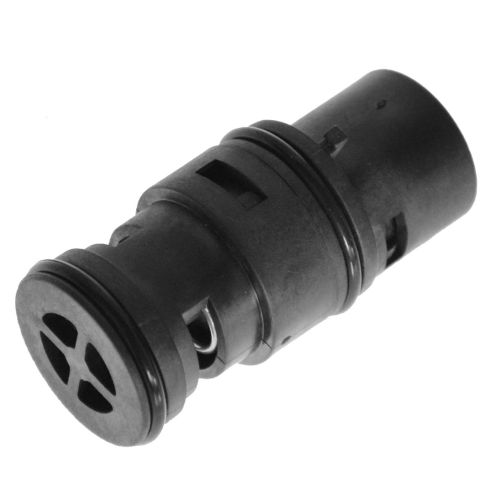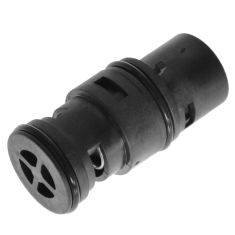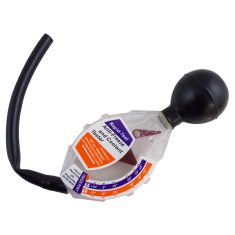1AZMX00181-BMW Oil Cooler Thermostat TRQ ECA92801

Replaces
2004 BMW X3 Automatic Transmission Oil Cooler Thermostat TRQ ECA92801

Frequently bought together
Product Reviews
Loading reviews
5.00/ 5.0
6
6 reviews
A1 Auto brings their A1 game!!!!
February 25, 2020
I was so pleased with my BMW oil cooler thermostat. I am very pleased to say that my order came right on the day it was supposed to and also when I was researching on YouTube how to install the oil cooler thermostat the first video that popped up was from A1 Auto and that made me feel more comfortable and step-by-step took me through hi I'm going to order from them whenever I need to and them only there are okay in my book or should I say A1 okay
August 13, 2021
Fits perfect
October 18, 2021
Fits like oem
BMW parts
April 25, 2022
BMW fits like a glove
Sensor
May 31, 2023
Good quality it works just as supposed to.
Good product
October 19, 2023
Good part and matched my old part perfectly. I put this in my 2001 BMW 330i. No issues and have had part installed about a year.
Customer Q&A
What the results of a bad oil cooler thermostat?
April 18, 2022
10
Hard shifting is one result
May 6, 2024
Hope L
BMW is a registered trademark of Bayerische Motoren Werke AG. 1A Auto is not affiliated with or sponsored by BMW or Bayerische Motoren Werke AG.
See all trademarks.










